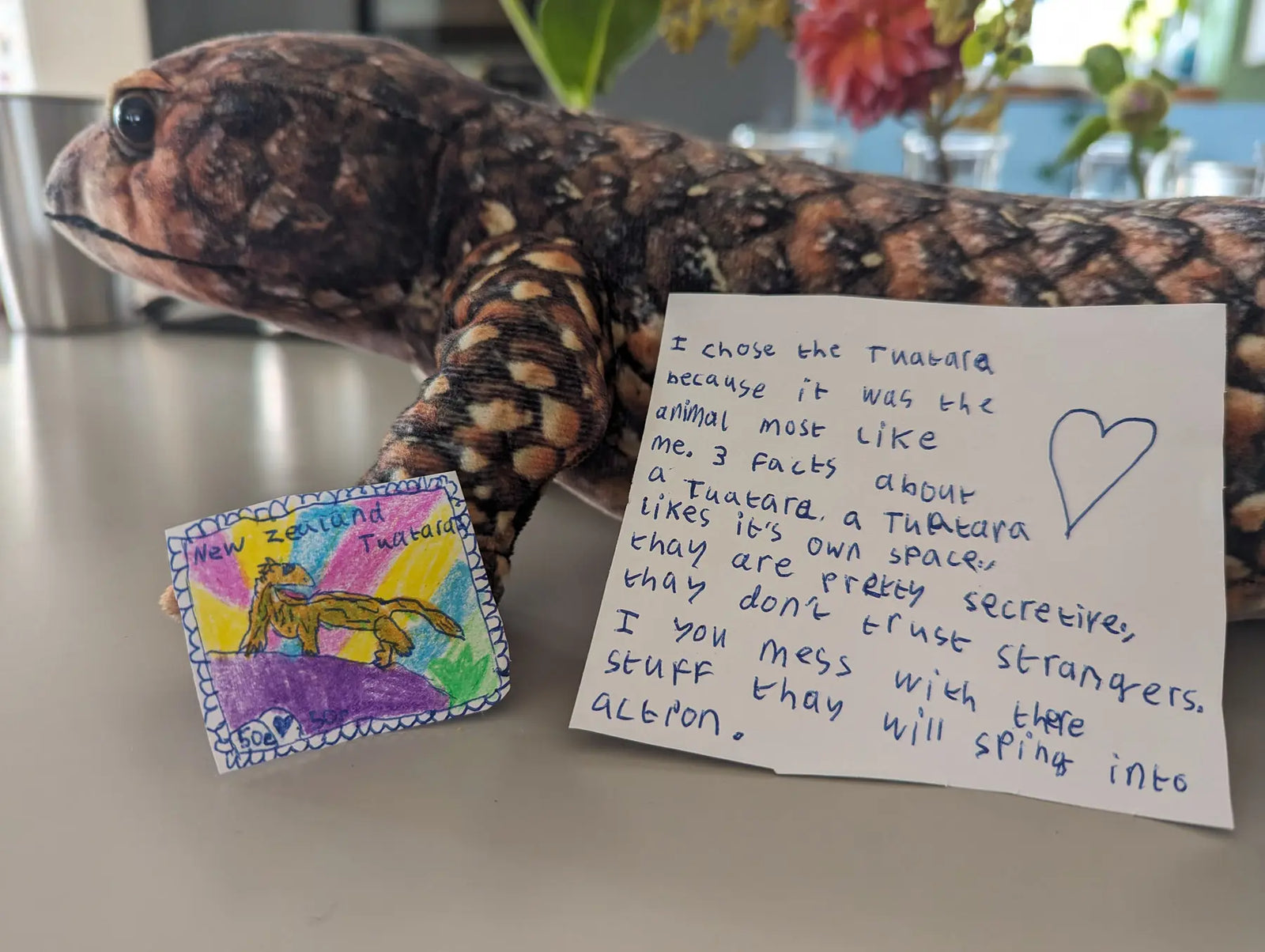Your Cart is Empty
To celebrate World Lion Day, we’ve put together a host of fun and ferocious facts about these majestic felines.
Unlike leopards, tigers and cheetahs, who all live alone, lions are the only species of big cat to live in groups. These groups are called prides and are made up of family units ranging from two to 40 individuals. Despite what we see in the famous animated film, there is commonly more than one male in a pride, with up to four males in a unit.
Prides are mostly made up of females, called lionesses. All of the females in a pride are related to one another and female cubs stay with the pride as they get older. Male cubs, on the other hand, tend to leave the pride when they are older and challenge other male lions to try to claim their pride.

An adult male lion’s roar can be heard up to 8km (5 miles) away. It’s so loud that a single roar can reach up to 114 decibels – that’s estimated to be 25 times louder than a petrol-powered lawnmower. Lions roar to communicate with other members of their pride, as well as to let other lions from outside the pride know that the territory is already occupied.
It’s thought that lions once roamed across much of Europe between 1.8 million and 10,000 years ago. There were also prides found living wild in Asia and Africa. Now, almost all of the wild lion population left on this planet lives in sub-Saharan Africa, with one small population still in existence in India’s Gir Forest on a heavily protected reserve. It’s believed there are approximately 20,000 wild lions left.
The cause of lions’ extinction in Europe is unknown but two theories suggest that the big cats either suffered at the hands of early humans or may have succumbed to the effects of climate change.

Image: Cultura RM/Alamy Stock Photo
Male lions are the only ones to have manes – the thick collection of hair around the head and neck. This hair can grow up to 16cm in length. As well as attracting females, manes are a sign of dominance and may also protect a lion’s head and neck from sustaining injuries during fights.

Image: Matt May/Alamy Stock Photo
It’s been discovered that a pride hunts more frequently when there is a storm overhead. That’s because such weather conditions give lions a huge advantage, as the storm’s loud noises and harsh winds make it much harder to be heard or seen by their prey. As well as hunting during stormy weather, prides prefer to hunt at night. The cover of darkness helps them hide as they stalk their intended prey.
Lionesses do the majority of the hunting within a pride. Each female has their own role when attempting to take down their prey. Their technique involves some lionesses being the ‘centre’, with others playing the role of ‘wing’ – during the hunt, the wings chase the prey towards the centre in a well-planned trap.
World Lion Day is marked every year worldwide on the 10th of August in support of the charities and foundations that work hard to raise awareness of lions and the threats they face. For example, the African lion population is believed to have declined by more than 40% in just three generations. The main threats to these big cats include death through the protection of people and livestock, the loss of natural prey and habitat, climate change, and the illegal wildlife trade.
Get involved! You can help by spreading the word about World Lion Day across social media. You could picture yourself with your favourite lion soft toy, wearing a lion T-shirt or even dressed up as one! There are even lion charities you could donate to or hold fundraisers for. Head to www.worldlionday.com to find out more, including a list of lion charities.
i like it
Comments will be approved before showing up.

Thank you so much to everyone who entered our Autumn Nature Art competition. We loved seeing how you explored the outdoors, collected natural materials and turned them into thoughtful, creative artworks inspired by autumn.
What an incredible fleet of rockets you launched into our inbox this month! Each design showed a different way to turn everyday scraps into something extraordinary. Some rockets looked ready for deep-space exploration, others carried alien crews, and a few were so beautifully decorated they could ha...
Meet the winners of our New Zealand postage stamp competition and explore a gallery of brilliant children’s designs celebrating Aotearoa’s unique wildlife.



george
November 10, 2022
wow good stuff defently storm hunters